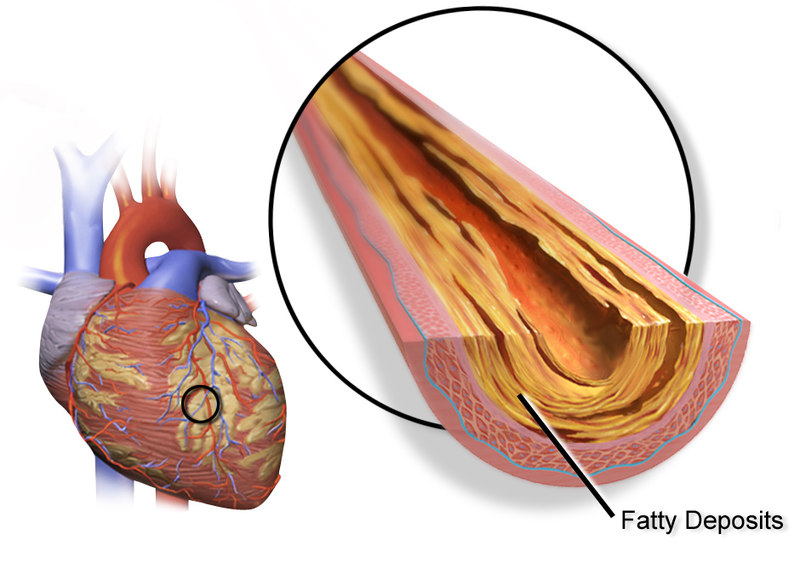Although it sounds weird, it is true that injectable electronics can be placed directly onto the brain for the treatment of disabilities.
An international group of researchers has developed a thin polymer mesh that can be fixed with dozens of nano-scale electronic devices and safely injected onto the surface of the mammalian brain via syringe.
Once connected to electronic devices, this polymer mesh can be used to supervise neural activity, stimulate tissues and treat many brain diseases.
So far, the technology has been tested in mice, however, it will most likely be applicable to human brains soon.
How Did They Do It?
Researchers drilled a small hole in the skull and injected a rolled up soft polymer net via a tiny syringe. As the net leaves the needle tip, the net unfolds itself and covers the appropriate region of the brain.
Once implanted, the net can stay active and allow unprecedented, long-term control over a few square centimeters of brain tissue. Subsequently, the mesh can be connected to conventional medical measurement electronics in order to keep a close eye on neural activity.
Researchers are looking forward to knowing how the brain and other body tissues react to injectable electronics over a long period of time.








